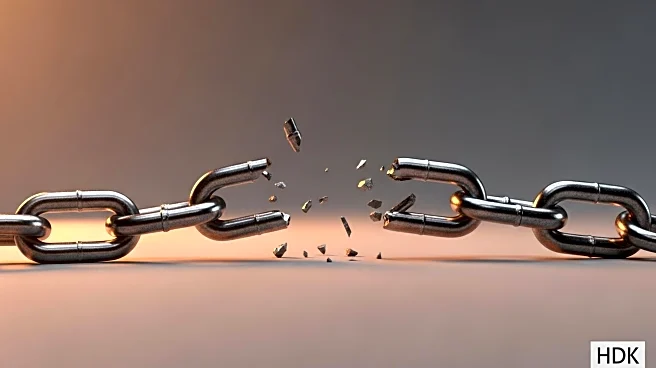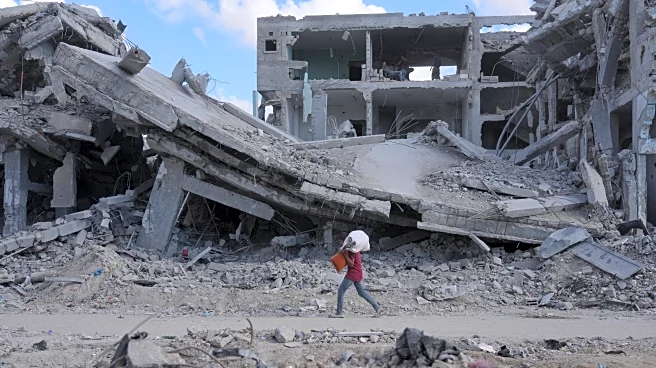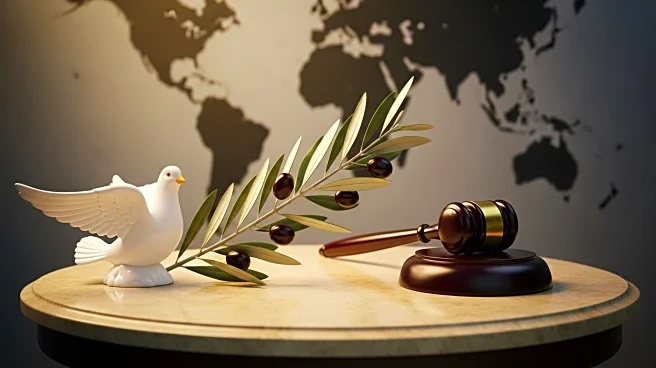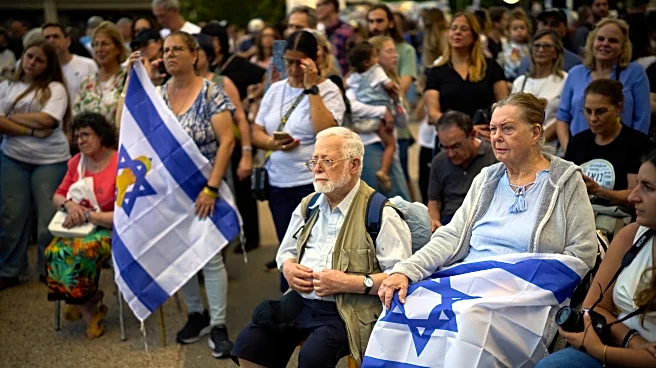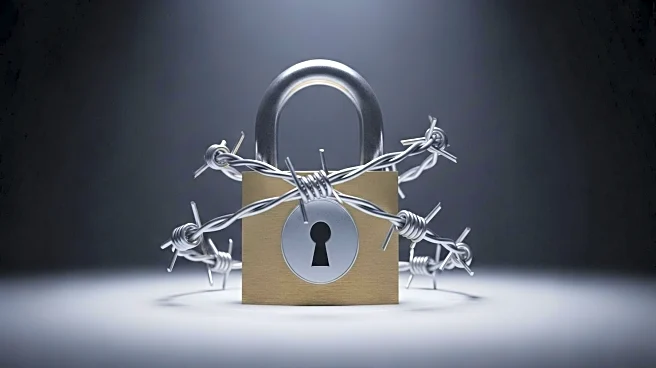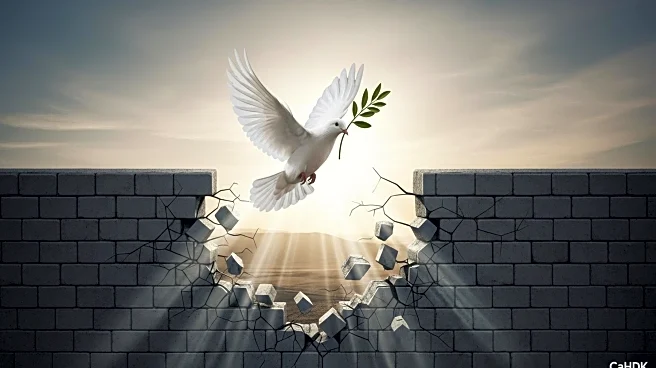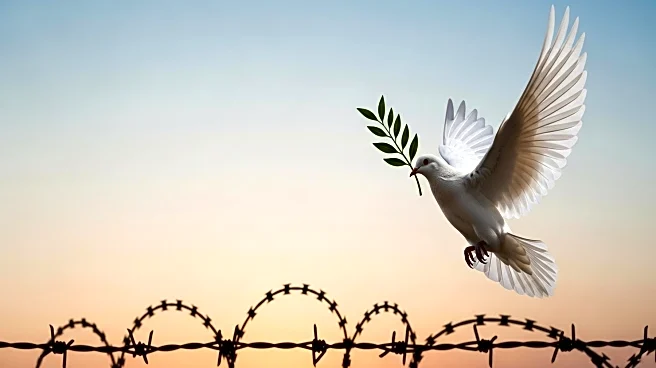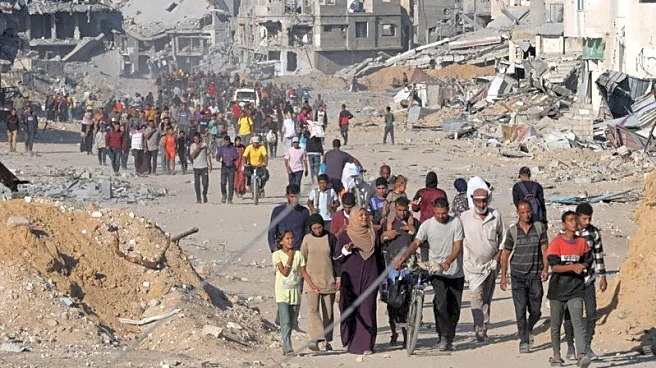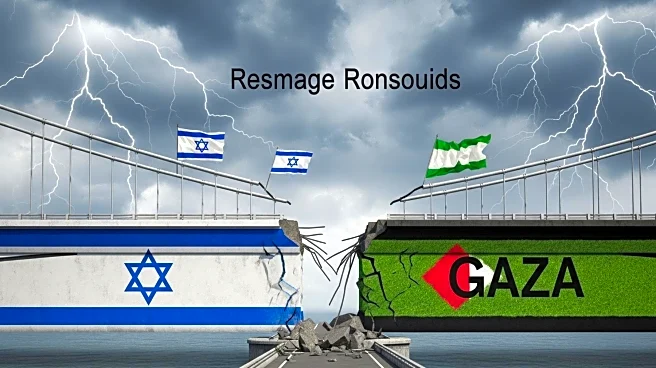What's Happening?
As part of a ceasefire deal, Israel has released nearly 2,000 Palestinian prisoners, leading to celebrations in Gaza and Ramallah. The majority of those released were detained during military operations in Gaza and returned to jubilant crowds. The release is part of the first phase of the ceasefire agreement, which aims to de-escalate tensions in the region. The event has been marked by emotional reunions and public displays of joy, despite warnings from Israeli authorities against celebrations.
Why It's Important?
The release of prisoners is a significant step in the ceasefire agreement, symbolizing progress towards peace in the region. For Palestinians, the return of prisoners is a powerful political and emotional moment, highlighting the ongoing struggle against Israeli occupation. For Israel, the release is controversial, as it involves individuals convicted of violent acts. The event underscores the complex dynamics of the Israeli-Palestinian conflict, with implications for future peace negotiations and regional stability.
What's Next?
The ceasefire agreement marks a temporary halt in hostilities, but the underlying issues remain unresolved. Future negotiations will need to address the broader conflict, including the status of Gaza and the West Bank. The international community, including the U.S., will play a crucial role in facilitating dialogue and supporting efforts towards a lasting peace. Monitoring the implementation of the ceasefire and ensuring compliance will be essential to prevent a resurgence of violence.
Beyond the Headlines
The release of prisoners highlights the human rights concerns associated with detention practices. Reports of abuse and poor conditions in Israeli prisons have been a point of contention, raising ethical questions about the treatment of detainees. The event also reflects the deep-seated cultural and historical tensions between Israelis and Palestinians, with long-term implications for reconciliation and coexistence.


